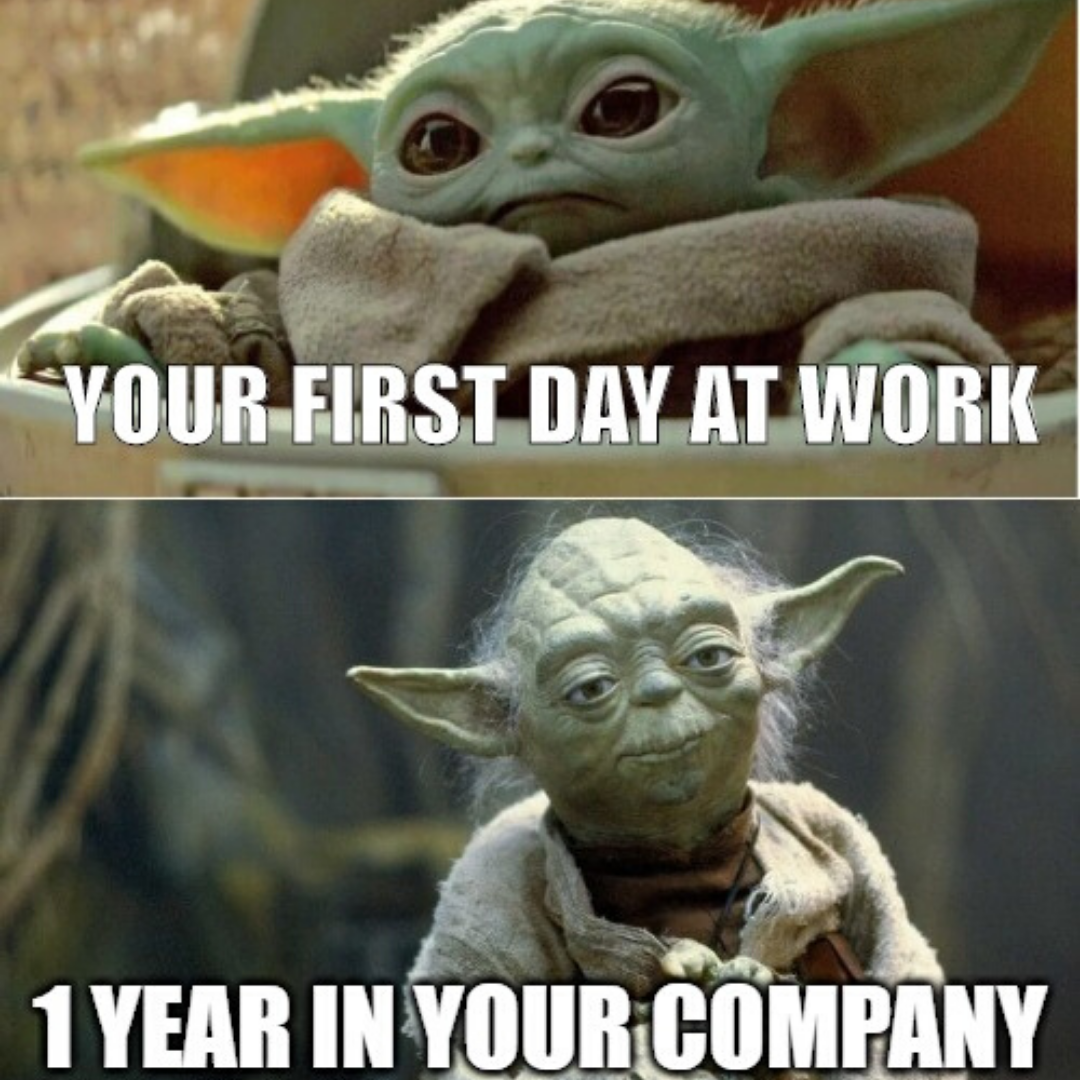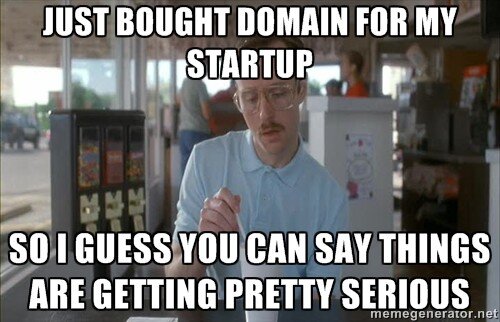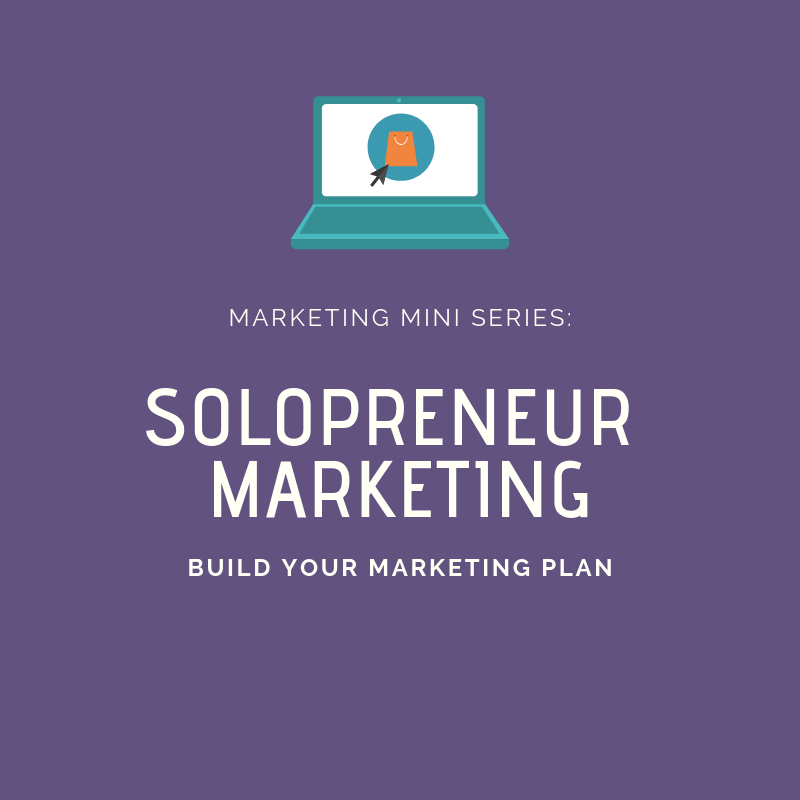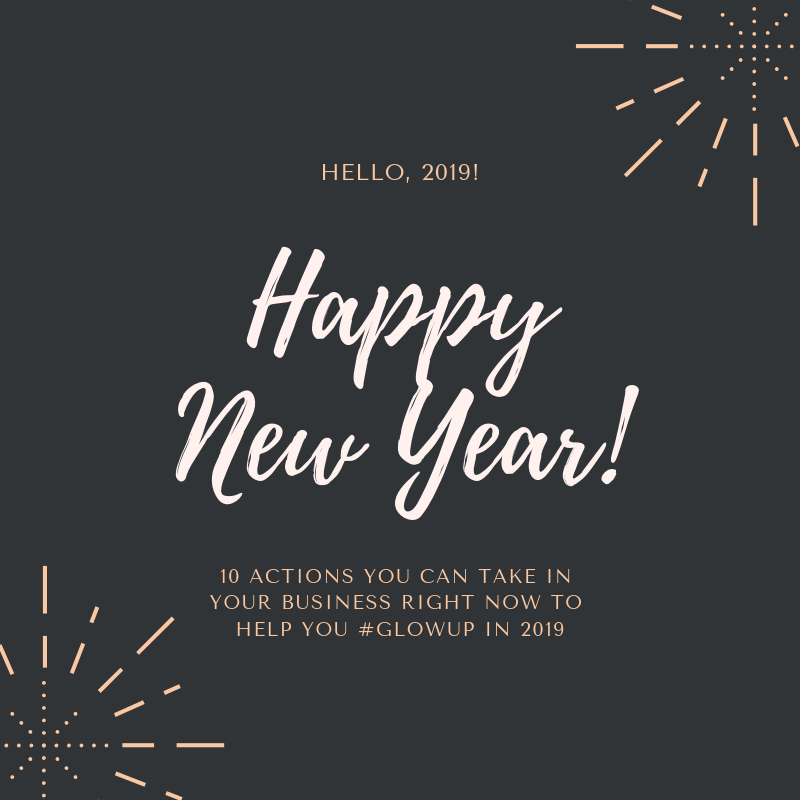Running a small business can be a rewarding endeavor, but it also comes with its fair share of challenges. One such challenge is managing uncertain economic conditions and the increasing pressures of inflation. In this case, we will explore effective strategies and practical steps that small business owners can take to stay profitable in the face of these challenges. Through the story of a fictional small business owner named Sarah, we will examine the various aspects of business management that can help her navigate uncertain times.
Paired Down From A Recent Client Case Background:
Sarah owns a boutique clothing store in a bustling city. For the past few years, her business has been thriving, but recently she has noticed signs of uncertainty in the economy. Inflation rates are rising, and consumer spending patterns have become unpredictable. Sarah is concerned about maintaining profitability and ensuring the long-term sustainability of her business.
Analysis and Recommendations:
Monitor Market Trends:
Sarah needs to stay up-to-date with market trends and economic indicators. By closely monitoring changes in consumer behavior, industry trends, and economic forecasts, she can anticipate potential challenges and adapt her business strategies accordingly. Regularly reviewing financial reports, such as profit and loss statements, will provide insights into the overall health of her business.
Diversify Product Range:
To mitigate the impact of inflation, Sarah should consider diversifying her product range. By offering a variety of price points, she can cater to different customer segments and ensure continued sales even if some customers become more price-sensitive. Sarah can introduce lower-cost alternatives alongside her existing high-end products to maintain a balanced offering that appeals to a wider customer base.
Streamline Operations:
Efficiency is crucial during uncertain economic conditions. Sarah should conduct a thorough review of her business operations to identify areas where she can reduce costs and streamline processes. This might involve renegotiating supplier contracts, optimizing inventory management systems, or adopting technology solutions that automate repetitive tasks. By cutting unnecessary expenses and improving operational efficiency, Sarah can enhance her business's profitability.
Customer Relationship Management:
Building strong relationships with customers becomes even more critical during uncertain times. Sarah should focus on providing exceptional customer service and personalized experiences to create loyalty. Implementing a customer relationship management (CRM) system can help her track customer preferences, tailor marketing efforts, and offer targeted promotions. Maintaining open lines of communication with customers will enable her to understand their changing needs and adjust her product offerings accordingly.
Pricing Strategies:
Inflation can lead to increased costs for Sarah's business. To maintain profitability, she needs to review her pricing strategies. Rather than implementing across-the-board price increases, Sarah can consider adopting dynamic pricing models that take into account market conditions and customer demand. Offering bundled deals, discounts for loyal customers, or introducing loyalty programs can also help incentivize repeat business.
Cost Control and Expense Management:
Inflationary pressures often lead to higher expenses, such as increased rent, utility costs, or raw material prices. Sarah should review her business expenses meticulously and identify areas where costs can be controlled. Negotiating with suppliers for better terms, exploring alternative sourcing options, and embracing energy-efficient practices can help reduce overheads. Regularly assessing and optimizing expenses will contribute to maintaining profitability.
Cash Flow Management:
During uncertain economic conditions, managing cash flow becomes paramount. Sarah should develop a detailed cash flow forecast to anticipate potential gaps and plan accordingly. She can negotiate extended payment terms with suppliers, incentivize early customer payments, and consider establishing relationships with alternative lenders for short-term financing if needed. Maintaining a healthy cash flow will provide Sarah with the flexibility to navigate through economic uncertainties.
Marketing and Promotions:
While reducing costs is essential, Sarah must continue investing in effective marketing strategies. Rather than relying solely on traditional advertising, she should explore cost-effective digital marketing channels such as social media, email marketing, and search engine optimization. By targeting the right audience with compelling messaging, Sarah can attract new customers and retain existing ones, even during challenging economic times.
Conclusion:
In uncertain economic conditions with increasing inflation pressures, small business owners like Sarah face numerous challenges. However, by adopting proactive strategies and taking practical steps, they can stay profitable and ensure the long-term success of their businesses. Regularly monitoring market trends, diversifying product offerings, streamlining operations, focusing on customer relationships, implementing effective pricing strategies, controlling expenses, managing cash flow, and investing in targeted marketing efforts are crucial elements of successfully navigating through uncertain times. With determination, adaptability, and strategic planning, small business owners can overcome challenges and thrive even in the face of economic uncertainties






















